
copyright © Wartime Heritage Association
Website hosting courtesy of Register.com - a web.com company
Wartime Heritage
ASSOCIATION
Canadian Convalescent Hospital, Uxbridge
In
1914
the
Hillingdon
House
property
was
put
on
the
market
by
the
estate
of
Frederick
Cox.
It
was
described
as
"a
brick
and
stone
building,
partly
stuccoed,
with
extensive
outbuildings
and
ornamental
gardens."
The
house
and
gardens,
together
with
the
surrounding parkland and an artificial lake created by damming a section of the River Pinn, amounted to over 200 acres.
The
British
Government
purchased
the
estate
in
1915,
with
the
intention
of
establishing
a
prisoner
of
war
camp.
However,
the
local population strongly opposed the plan and the government relented.
The
site
instead
became
the
Canadian
Convalescent
Hospital
to
care
for
troops
evacuated
from
the
front
line
during
the
First
World
War.
The
hospital
was
opened
on
September
20,
1915
with
the
first
patient
being
taken
in
on
October
4,
1915.
By
October
17, 1916 the hospital reached a total number of 512 patients.
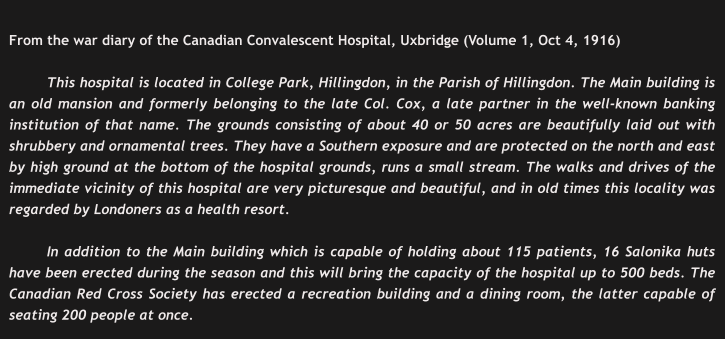

The
hospital
was
officially
closed
12
December
12,
1917.
The
last
patients
and
medical
staff
were
transferred
to
other
Canadian Hospitals in England on December 11, 1917.
In
November
1917
the
Royal
Flying
Corps
Armament
School
moved
into
Hillingdon
House
with
114
officers
and
1156
men.
Making
a
donation
to
the
Canadian
Red
Cross,
the
RFC
used
parts
of
the
estate
not
required
by
the
Canadians
and
established
firing
ranges for the training of recruits in ground gunnery.
(photos from a post card collection on loan to Wartime Heritage)
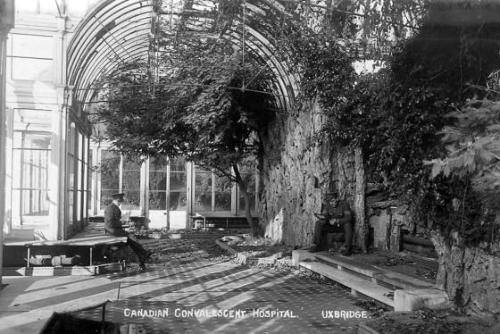
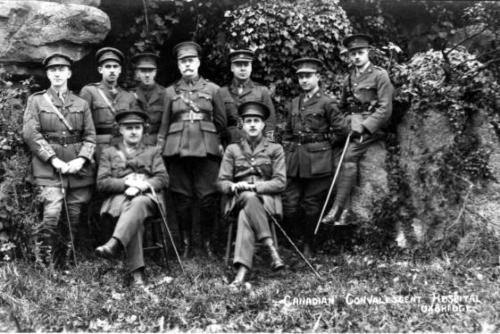
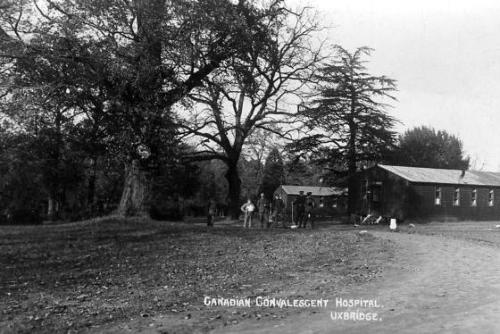
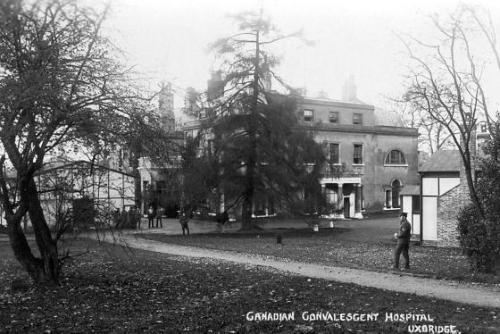
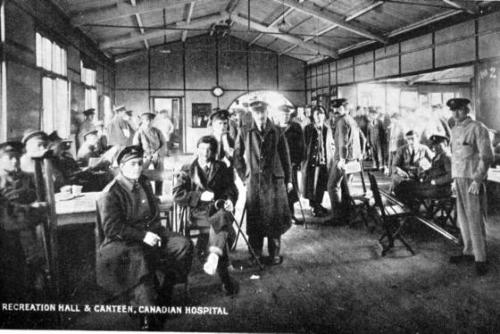
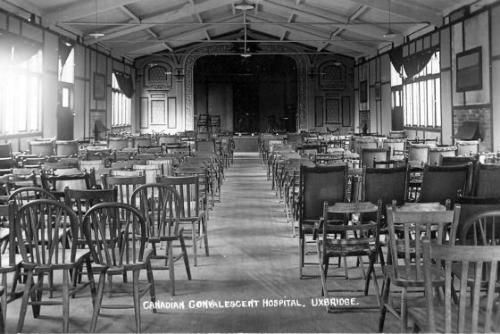
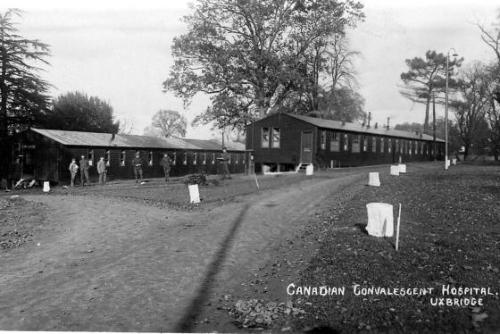
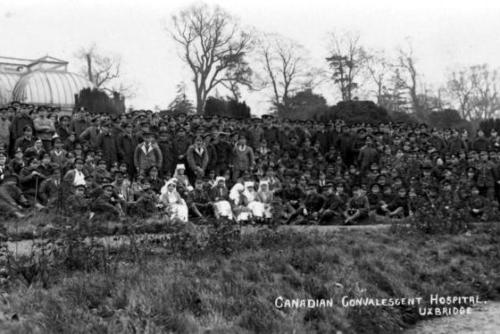
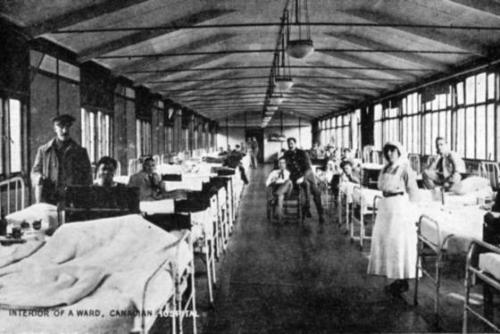
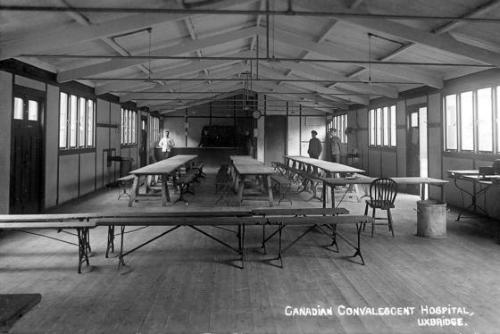
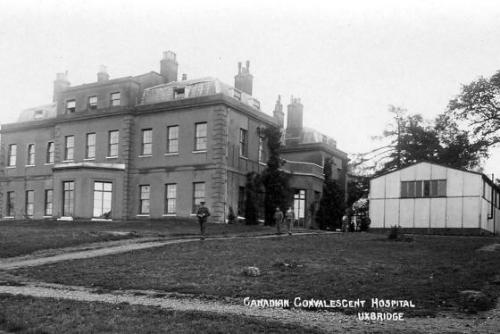
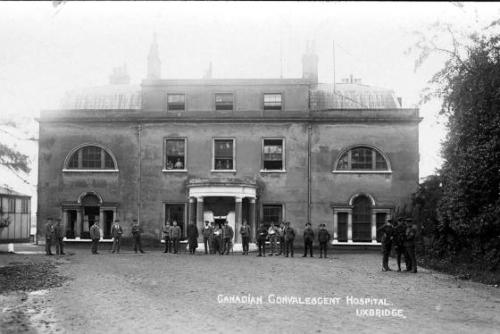
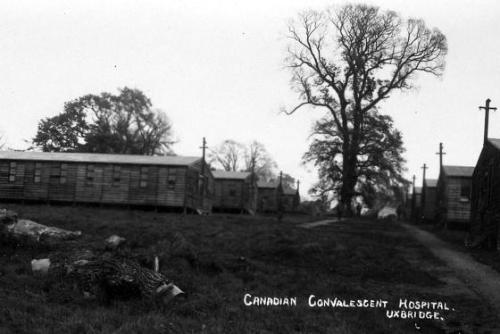
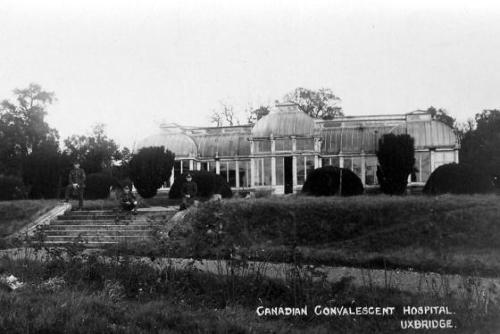
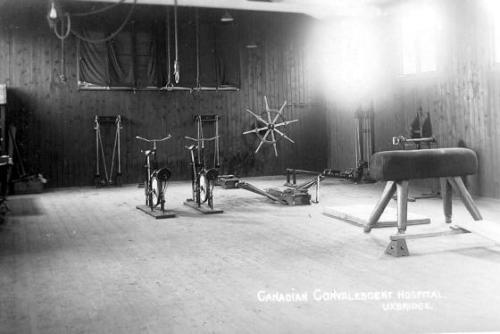


- World War I - Menu
- WWI Stories and Articles
- Photos - Yarmouth Soldiers
- Selection of World War I Songs
- WWI Casualties of Yarmouth, NS
- Those Who Served - Yarmouth, NS
- WWI Casualties Digby Co. NS
- WWI Casualties Shelburne Co. NS
- Merchant Mariners (1915) Yarmouth, NS
- Canadian Forestry Corps - Non Yarmouth Birth/Residence Enlistments
- US Draft Registry - Yarmouth NS Born


- World War II - Menu
- WWII Stories and Articles
- Telegraphist Air Gunners
- WWII Casualties of Nova Scotia
- US Casualties with NS Connection
- Far East/Pacific Casualties with NS Connection
- Merchant Navy Casualties Nova Scotia
- Nova Scotia WWII Casualties Holten Canadian War Cemetery
- D-Day Casualties - Nova Scotia
- CANLOAN Program Casualties - Nova Scotia
- Battle of the Bulge Casualties - Nova Scotia
- WWII Casualties Yarmouth NS
- Yarmouth Casualties - RCAF RAF Canadian Army WWII
- Yarmouth Co., Marriages WWII
- Casualties Non-Born/Residents with Connection to Yarmouth Co., Nova Scotia.
- WWII Casualties Digby Co., NS
- Non-Nova Scotian WWII Casualties Buried in Nova Scotia
- WWII RCAF Casualties Aged 16-18
- Brothers/Sisters Who Served - World War II














